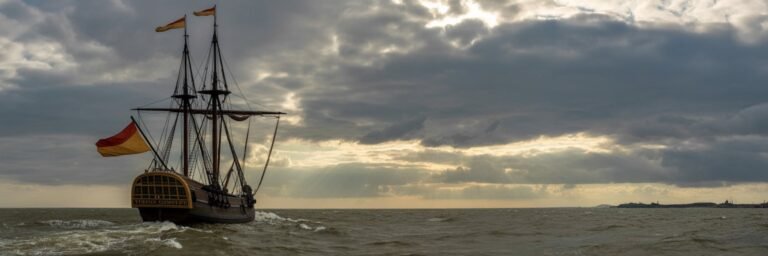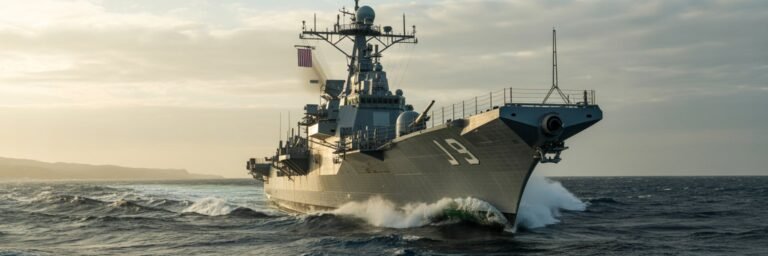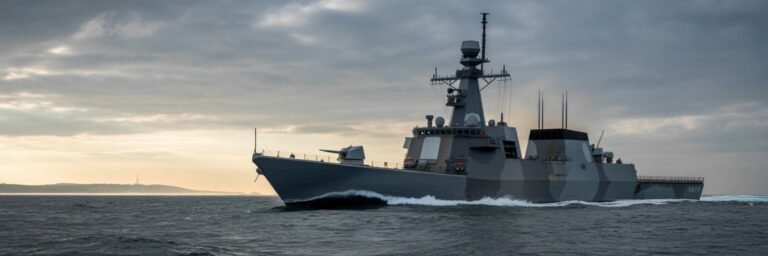INTRODUCTION
When we try to look back into human history, one of the most defining aspects that we usually encounter is warfare. It has certainly shaped and molded humanity’s progression through the centuries. However, as significant as the battles fought on land were, the battles that were fought at sea – that is, naval warfare – are often overlooked. The vast, unsteady battlement of the world’s oceans provided a battlefield like no other. From triremes to battleships, from pirates to admirals, naval warfare has had a profound influence on global history.
HISTORICAL BACKGROUND
The birth of naval warfare can be traced back to antiquity. The Achaean Greeks at the Battle of Troy (c. 1184 BC) boasted a fleet of 1,200 ships, heralding their naval might. However, naval warfare’s tactical significance truly became recognized during the Greco-Persian Wars. The Battle of Salamis in 480 BC was a key turning point where the Athenian-led allied Greeks achieved victory over the Persians through superior naval strategy.
The Romans, learning from the Greeks, expanded on this further. They introduced innovative elements such as the “corvus”, a pivoting plank that turned sea battles into land-like battles, instrumental in their victory during the First Punic War against Carthage in 264–241 BC. Over time, naval power became a crucial determinant of political and economic supremacy, seeing its apogee in the mighty British Empire, where Britannia was said to ‘rule the waves’.
THEORIES AND INTERPRETATIONS
When examining naval warfare, it is paramount to consider the differing interpretations of its impact and significance. Some historians like Nicholas Rodger see naval power as central to the rise and fall of empires, attributing Britain’s global dominance to its masterful control of the seas.
However, historians like Andrew Lambert question this perspective, suggesting it narrows our view of history, reducing it to a series of confrontations on the high seas. Instead, Lambert sees naval power as a means to an end, a tool employed to control commerce and project power globally. He emphasizes the blend of naval power with diplomatic acuity and economic prowess to achieve strategic objectives, rather than focusing purely on naval might.
MYSTERIES AND CONTROVERSIES
Like any aspect of history, naval warfare carries its share of mysteries and controversies. A prominent enigma is the tale of the Mary Celeste, an American merchant brigantine found adrift and abandoned in the Atlantic Ocean in 1872. Its cargo was intact, but its crew completely vanished. While modern day speculation points to oceanic pyroclastic flows or water spouts, the truth remains elusive.
Another long-standing controversy lies in the theories about the sinking of the USS Maine in Havana Harbor on February 15, 1898. While it officially sparked the Spanish-American War due to allegations against Spain, conspiracy theories hint at a self-inflicted explosion to justify a war.
SYMBOLISM AND CULTURAL SIGNIFICANCE
Naval warfare also carries significant symbolism and cultural significance. The image of seafarers braving enemies on battle-covered waves has seeped into our collective psyche. Be it Homer’s Iliad or the Pirates of the Caribbean series, naval warfare has been a metaphor for human struggle against unknown and insurmountable odds.
Moreover, they reflect societal values and attitudes of different eras. In ancient Greek culture, naval wars symbolized courage and strategy. In the Napoleonic era, they mirrored national strength and honor. Today, they represent technological innovation and global power dynamics.
MODERN INVESTIGATIONS
Modern technology and the rise of maritime archaeology have provided opportunities to revisit old sea battles and their historic narratives. Explorers have discovered wrecks, such as the Swedish warship Vasa sunk in 1628, the Bismarck in 1941, and the Titanic passenger liner in 1912, offering new insights into naval warfare’s history. Artifact analysis and advances in underwater excavation are revealing more about combat strategies, ship construction, and life at sea.
Furthermore, digital simulations and AI recreations are being used to decode historical battles like Trafalgar or Jutland, giving us far more nuanced understandings of these engagements than was previously possible.
LEGACY AND CONCLUSION
The legacy of naval warfare is imprinted deeply in human history. Sea battles determined the fate of empires, reshaped political territories, and often changed the course of history. The loss of the Spanish Armada in 1588, led to the decline of Spain as a world power, whereas the victories of Admiral Nelson at the Battles of the Nile and Trafalgar solidified British dominance.
Naval warfare has also influenced technological advancement. The shift from sail to steam, the development of radar and signal technology, the invention of torpedoes, and the evolution of aircraft carriers are all legacies of naval conflicts.
From an academic perspective, the study of naval warfare offers a rich interdisciplinary exploration of history, strategy, technology, archaeology, and sociology. In essence, the understanding of naval warfare is like navigating a vast ocean – it can be rough and challenging, but it is full of wonders for those willing to voyage into its depths.




